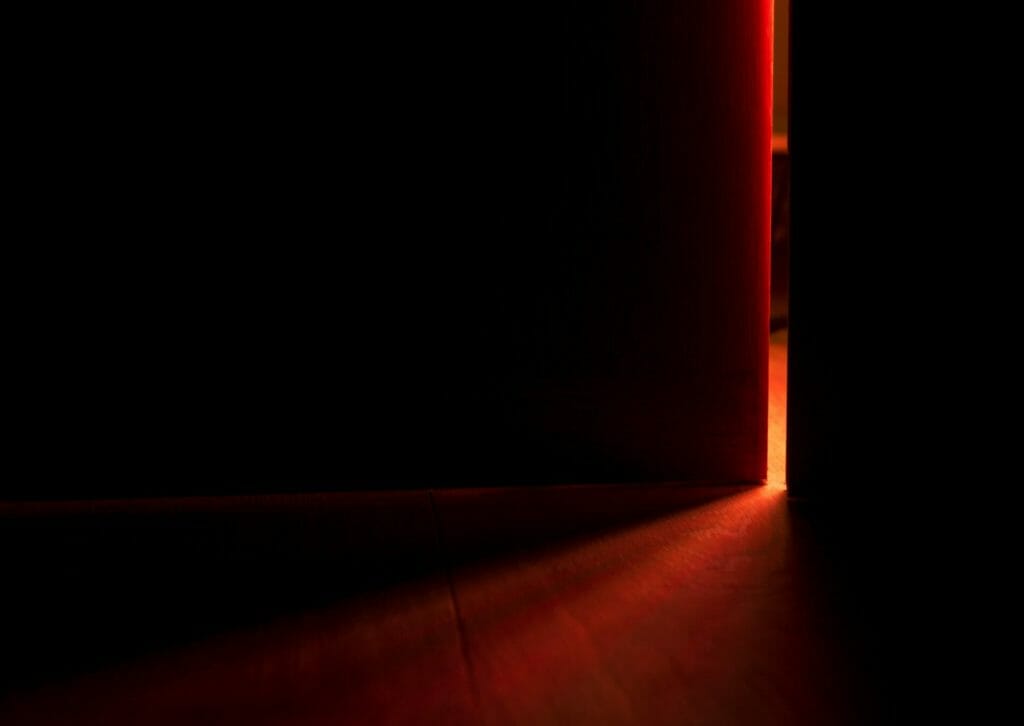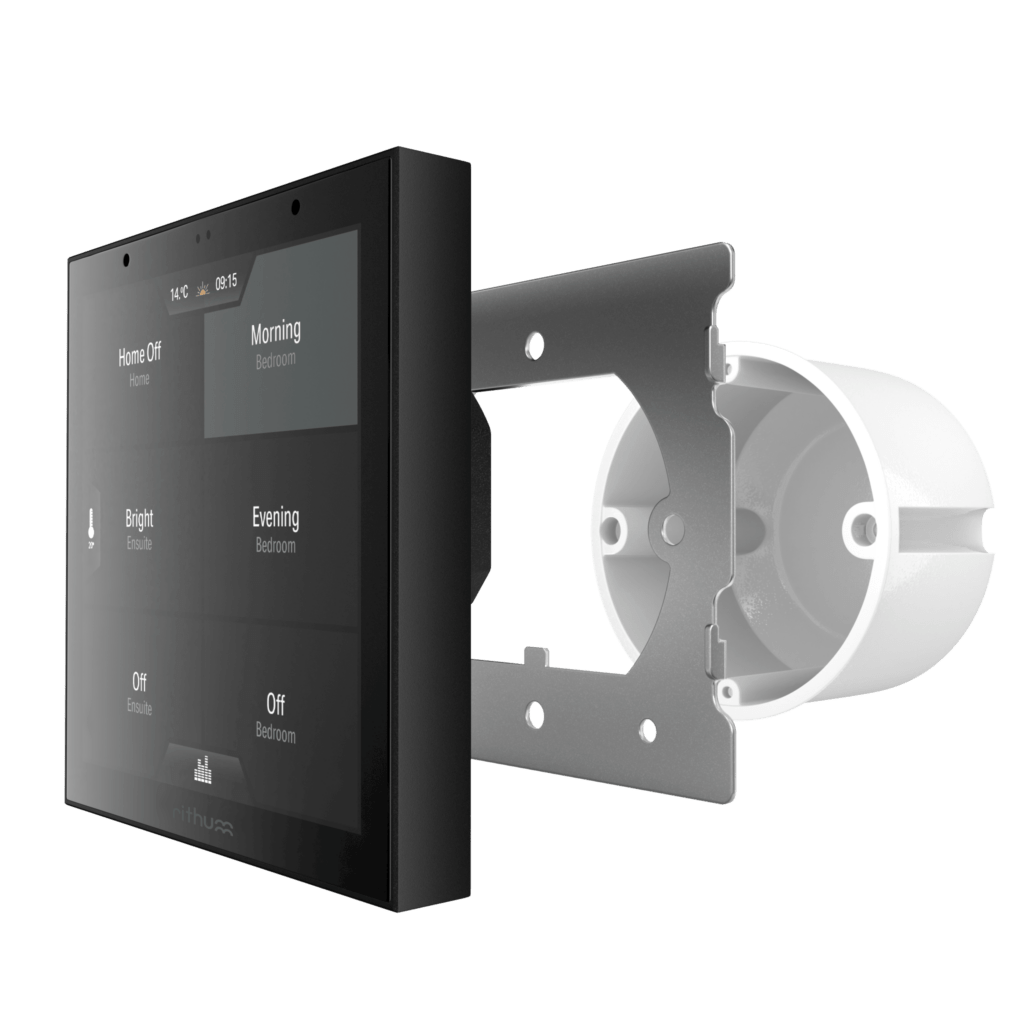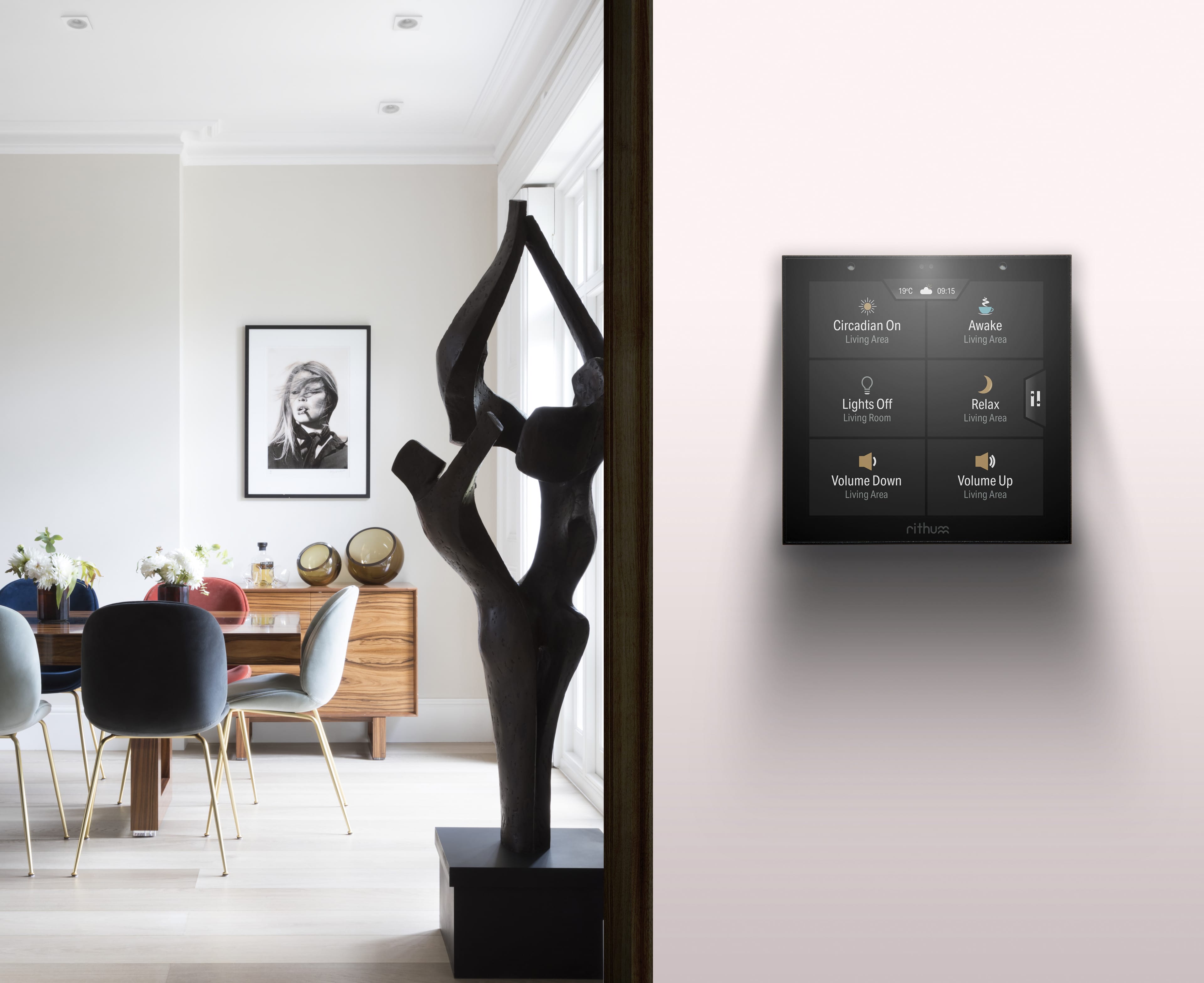Unlock the science behind Human Centric Lighting in our blog. Learn how the color temperature of lights, not just brightness, can impact our sleep and well-being. Discover why dimmed lights relax us and office lighting keeps us focused.
What is Human Centric Lighting?
As living things, we have evolved to be in sync with the rise and fall of the sun which changes in colour temperature throughout the day. At dawn and dusk it is close to a red (warm); at midday it is a bright blue-white (cool); then there are all the transitions in between.

These colour temperatures, measured in Kelvin, range from warm white at around 2500K at dawn/dusk to cool white around 6500K (this is actually backwards as 6500K is technically “hotter” than 2500K, but to our eyes, the latter looks warmer, hence the terminology has stuck).
Our minds and bodies respond to these changes in colour temperature and they affect our release of melatonin, the so-called sleep hormone, which directly defines our circadian rhythm. Melatonin and our circadian rhythm are vital to our wellbeing and a healthy sleep pattern but, unfortunately, both can be knocked off kilter by static artificial light and our modern world of backlit screens.

The Circadian Rhythm
As this post by the sleep foundation explains, our circadian rhythm not only affects things like our sleep, but also the functioning of our organs. That’s some pretty serious stuff to be messing with!
Thankfully, Human Centric lighting helps address the problem. With bulbs, such as Philips Hue White Ambiance range, that can output cool white, warm white and everything in between, we can get our body clocks more in sync with the world around us.
The settings can be baked into scenes that can be activated either at the touch of a button or triggered by motion. By automatically providing the right colour temperature based on the time of day (even better still, off of the actual sunrise/sunset), our minds and bodies can be alert when they’re supposed to be and relax when we’re ready to wind down.

The ends of the spectrum can be stretched to the primary colours of red at night and blue during the day. For example, having your bathroom lights come on red if you turn them on in the middle of the night reduces the stress on your eyes and your mind, keeping you in a ready-to-sleep state. Or if you have a tight deadline, keep the light as blue as possible to stay focussed. There’s an element of biohacking to be had here, although use with caution.
Human Centric Lighting
We are very sensitive to the most subtle change in light, so getting the right setting at the right time is really important. It defeats the purpose if, when you turn the lights on, they go to one setting before you change them to another. For example, using Philips Hue’s own switch that cycles through your scenes each time you press the button gets the job done, but it’s not very elegant and the different settings can jar.

This is where a smart light system can add real value: instead of single buttons that need to be pre-configured, you can simply select the setting you need as you arrive in a room. If you need to tweak a scene, simply do it with the app: whilst we are all human and respond similarly to all of these subtle cues of nature, we still have differences and this is true for the way we react to these colour temperatures too, so customisation is important.
What are the benefits of human centric lighting?
Human Centric Lighting (HCL) offers a range of benefits that can positively impact our physical and mental well-being. One key benefit is the ability to regulate our circadian rhythm, helping to synchronize our internal clock with the natural day-night cycle, which can improve sleep quality, mood, and overall health. HCL can also enhance productivity and concentration levels by providing appropriate lighting conditions for different activities and tasks. Additionally, HCL can create a more comfortable and pleasant environment, as it can mimic natural daylight and improve visual comfort, reducing eye strain and fatigue. Overall, the benefits of Human Centric Lighting extend beyond just illuminating spaces, and can greatly contribute to our overall health, well-being, and productivity.
Hopefully this primer on human-centric lighting has given you enough information to pay a little more thought to the lighting around you in everyday life. With a few readily available technologies, these benefits can be seen pretty quickly.
In conclusion, understanding the impact of Human Centric Lighting can elevate your everyday life. By being mindful of lighting choices and utilizing available technologies, you can experience the benefits firsthand. Enhance your well-being and productivity with thoughtful consideration of lighting in your environment.






